A Classical Chinese Garden
Photos by Forrest Anderson
One of the best places to learn about Chinese gardens, interestingly, is in Portland, Oregon. Portland is famous for its superb Japanese garden, but it also has a lovely jewel of a Chinese garden that was specifically designed to capture the basic elements of Chinese garden design.
Lan Su Chinese Garden (the Garden of Awakening Orchids) is a collaboration between Portland and the famous garden city of Suzhou, China. Artisans from Suzhou who built the garden distilled from Suzhou’s many historical gardens the chief characteristics that define the Chinese garden style. The result is an ideal primer on classical Chinese garden design.
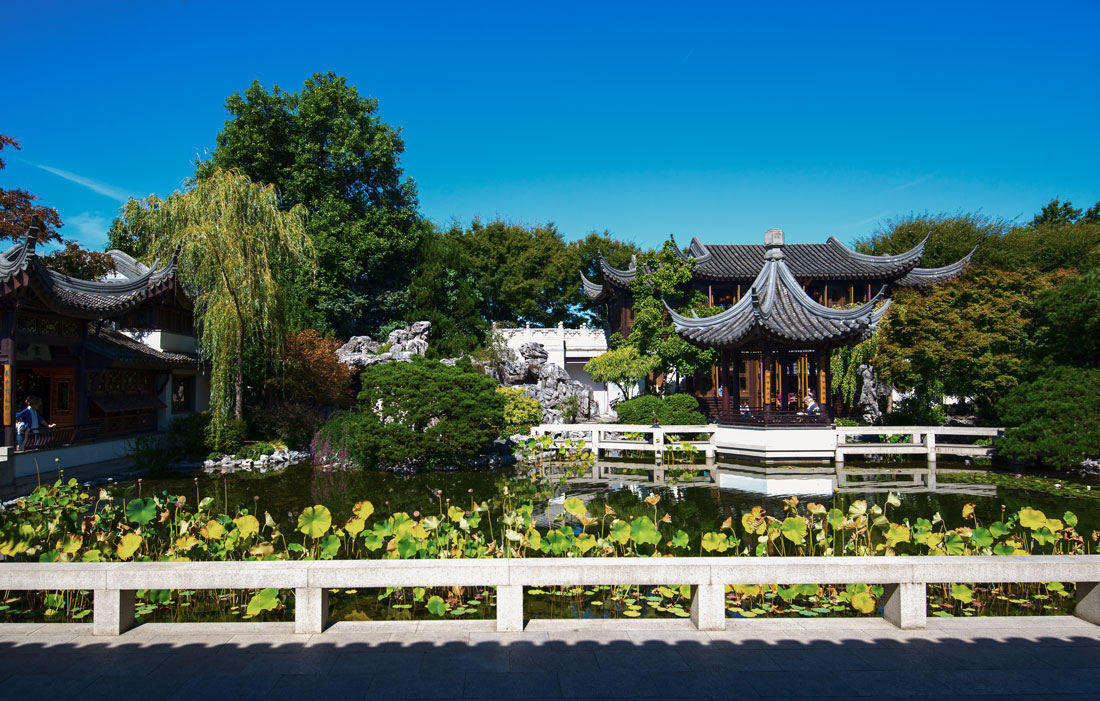
Because the Lan Su garden is not far from the Portland Japanese Garden which was designed to capture the essence of Japanese garden design, visiting both gardens is a good way to learn about the similarities and differences between Japanese and Chinese gardens.
The Lan Su Garden’s goal is two-fold – to be an oasis of tranquil beauty and harmony in the city, and to educate the global community about authentic Chinese culture.
The garden’s design draws on the long history of Chinese gardens, which evolved over three millennia and include both the vast garden retreats of emperors and private gardens of scholars, poets and government officials. The gardens were designed to both impress and to be idealized miniature worlds to which their owners could escape to enjoy nature and privacy. The two functions overlapped, with intimate private gardens within large ones that were meant to convey their owners’ wealth and power.
Chinese gardens take their cues from the mountainous Chinese countryside and are scaled-down landscapes in which an elaborate rock arrangement represents a mountain range, a bed of flowers a meadow in spring, and a pond a famous lake. Returning from travels, officials and scholars often recreated famous landscapes in miniature in their gardens.
The earliest Chinese gardens noted in historical records were large hunting parks and vegetable and fruit gardens for kings and nobles. There were three names for them, according to writings carved in tortoise shells. “You” were royal gardens where birds and animals were kept. “Pu” were plant gardens, and “yuan” became a catch-all Chinese character for any garden. The latter name survives today, although the written character has been modified.
Shang dynasty (1600-1040 BC) records described one king’s garden, called the Terrace, Pond and Park of the Spirit, as a place where deer knelt on the grass, white cranes roamed and fish wriggled in water. Garden history wasn’t all positive, though. The last ruler of the Shang dynasty had a royal garden with a large pool filled with wine and a small island with trees from which skewers of roasted meat were hung. The king and his friends and concubines would sail on the pool in boats while drinking wine with their hands and eating the meat. This garden became an enduring symbol of decadence and poor taste.
Other elaborate gardens with terraces connected by galleries, lakes and dragon boats were described in records as early as 535 B.C.
Garden design took inspiration from a legend of Mt. Penglai, located on one of three mythical islands in the Bohai Sea between China and Korea. These islands were believed to be the home of eight immortals. The islands supposedly had gold and silver palaces and jewel-encrusted trees as well as fruits that gave eternal life to those who ate them.
China was unified under the Qin Empire in 221 B.C. Its emperor, Qin Shihuang, who built the famous terracotta warrior army in today’s Xi'an, China, was so obsessed with living forever that he sent emissaries to bring the elixir of immortal life back from the fictitious islands. Although the envoys failed to find the islands, the emperor created a garden near Xi'an that attempted to recreate the islands and mountain. After he died, his empire fell in 206 B.C. His garden and capital were destroyed, but the islands of the Eight Immortals persisted as inspiration for garden design. Subsequent emperors built combined botanical and zoological gardens and hunting parks. They had lakes with three islands that reference the legend. High-ranking officials also built elaborate gardens.
Buddhism was introduced to China in 47-75, and many of the thousands of Buddhist temples that were built had gardens. It was common for devotees to donate homes and gardens for temples, so Buddhist and elite architecture and gardens were similar.
Government officials who retired or lost their positions would return home and build private walled gardens to which they could retreat and garden, read, write literature and enjoy art. In protest paintings, gardens became a symbol for exile from public positions because of disagreements with the imperial court. Garden owners would invite famous poets or other literary scholars to banquets in their gardens. Friends would place cups of wine in a manmade garden stream and allow them to float. If a cup stopped beside one of the participants, he had to drink the wine and compose a poem. Out of this environment came a long tradition of poetry and paintings created in gardens or about gardens. These in turn inspired more gardens. Larger gardens were also places for theatrical events, annual festival celebrations and boating.
Gardens ranged in size from small ones in the courtyards of ordinary homes to massive imperial parks. Over time, basic elements of Chinese garden style emerged although gardens varied.
Unfolding Views
Unlike the vast lawns and sweeping views of Western gardens, Chinese gardens are a series of carefully designed scenes to be viewed along pathways that change in elevation and direction – a pond, rocks, a bamboo grove, a blossoming tree or even a distant peak, pagoda or foliage outside of the garden. The idea is to hide the ugly and highlight the beautiful. There is no single view from which the entire garden can be seen except from the top of a tower. A Chinese garden thus appears to be much larger than it is. Ponds, rock arrangements, ornamental trees, flowers and viewing pavilions and halls are connected by paths and covered galleries. They are similar to horizontal Chinese landscape scrolls that unfold in 3D as the viewer walks along a path.
Artificial Mountains and Ponds
The Chinese word for landscape is “shanshui,” or “mountain and water." Elaborately twisted rocks used to represent mountains and ponds that represented lakes were basic elements of Chinese gardens. Small pavilions or bridges from which the rocks and ponds could be viewed were placed within the gardens.
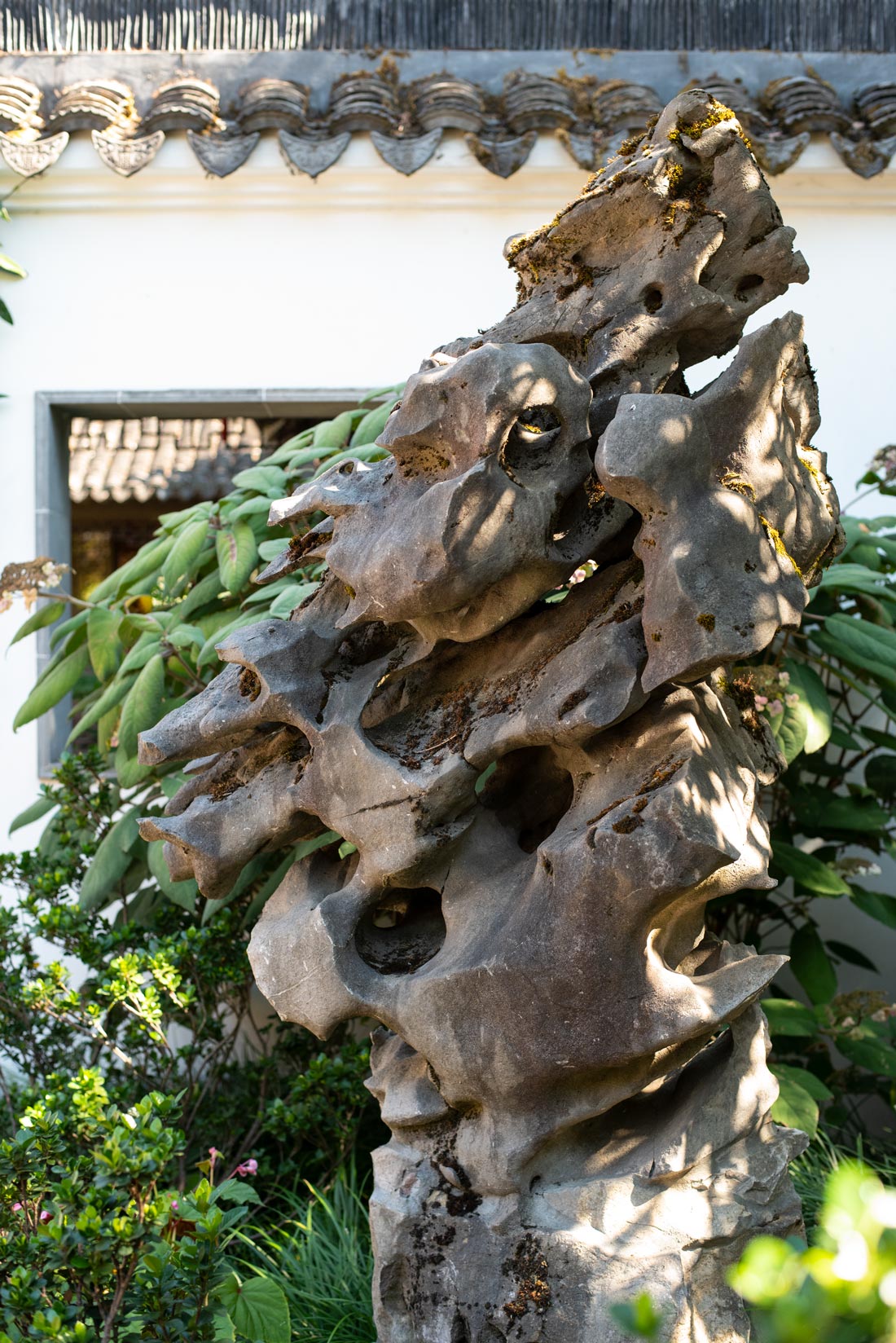
Scholars' Gardens
The Lan Su Garden is built to look like a private home and garden of a wealthy family. A tour of it begins with an entry courtyard with an elaborately carved Hall of Brocade Clouds. In an ancient Chinese garden, this hall would have been intended to show off the family's wealth.
A famous example is a poet-painter-official, Wang Wei (701–761) who bought a ruined villa and created twenty small landscape scenes in its garden, writing a poem for each scene. He commissioned a famous artist to paint the scenes on the walls of the villa. He passed the time in the garden boating, playing music, writing and reciting poetry. At the same time, plant cultivation advanced and books were published about it, which spurred the creation of classic gardens all over China. Collecting exotic rocks and plants became familiar. Unusually shaped rocks came to be called Chinese Scholars’ Rocks.
The most prized rocks were from Lake Tai. The Song Emperor Huizong (1082-1135) had bridges along the Grand Canal destroyed to move large rocks to his garden. He built an elaborate artificial mountain with ravines, cliffs and foliage. The garden was destroyed by invaders from the north who forced him to flee his capital temporarily. To destroy an imperial garden, which was a miniature version of an emperor’s domains, was symbolic of destroying his power. This scenario played out repeatedly throughout Chinese history.
Many small private gardens were built in cities such as Suzhou, which became famous for them. Some still exist in an altered state and are open to the public. The oldest one in Suzhou is the Blue Wave Pavilion, built by a poet in 1044. Another famous Suzhou garden was that of Shi Zhengzhi, deputy civil service minister during the Southern Song dynasty (1127-1279). With a library and adjacent garden, it is one of the best examples of a scholar's garden from the Song dynasty.
When the Mongolians conquered China and established the Yuan dynasty in 1271, they built a summer palace and garden at Xanadu. Marco Polo described it as enclosed within a wall. It contained fountains, rivers, brooks, beautiful meadows and wild animals. The emperor, Kublai Khan, took a leopard with him when he rode through the park and set it loose on any game he fancied. The game was used to feed the emperor’s hawks. When he established a new capital in Beijing, he enlarged existing artificial lakes and built an island.
During the subsequent Ming dynasty (1368-1644), gardens were built both in Beijing and Suzhou that still exist. Among the Suzhou ones are the Lion Grove Garden, named for the lion-shaped rocks in it, and the Humble Administrators Garden, built by a retired government administrator.
The most famous gardens during the China's last dynasty, the Qing, were the Summer Palace and Old Summer Palace, which were symbols of luxury and power but also of the dynasty’s decline because they consumed large amounts of public funds. European troops destroyed the gardens in the 19th century. The Summer Palace was restored, but the Old Summer Palace remains in ruins and is China's preminent symbol of European imperialism. Another imperial garden in China's north, the Chengde Mountain Resort, survived.
Assymetry
Unlike Chinese architecture, which tends to be symmetrical, Chinese gardens are asymmetrical in an imitation of nature.
Walls
Chinese classical gardens are surrounded by walls that are a backdrop for the flowers and trees. Often the walls are white, although they are coral colored in imperial gardens.
Architecture
Halls, temples, pavilions, covered galleries, bridges, and towers are all part of Chinese gardens. They are designed for viewing different features of the gardens from different points of view as well as for gatherings and entertainment. They blend in with the landscape and harmonize with it rather than to dominate it.
Chinese gardens include large halls for family celebrations, ceremonies and banquets, pavilions for viewing flowers, plants, rock gardens and rain or snow, pavilions with folding or movable walls to reveal panoramic views of the garden, pavilions next to lotus ponds for viewing them when the flowers are blooming. A two-section pavilion, called a pavilion of mandarin ducks, has one side facing north to the lotus pond which is used in summer. The pond provides cooling air. The southern side of the pavilion, used in winter, faces a courtyard planted with pine trees which remain green in winter and plum trees, which announce spring’s arrival.
There are pavilions for viewing the reflection of the moon on the water, watching the dawn arrive, viewing autumn foliage, listening to the rain falling on leaves or the wind whistling through a bamboo grove. Their names express their purpose. In the Lan Su Garden is a small wooden Knowing the Fish Pavilion. Its name is from a Chinese story about two philosophers who were walking along a stream. One noted how happy the fish were. The other replied, “You are not a fish. How can you know that the fish are happy?” The first philosopher replied, “You are not me. How do you know I don’t know the fish are happy?” In the back corner of the garden, the visitor finds a room called the Lounge House, where a family would gather to enjoy music, play games or paint.
Along the pond is a pavilion called Flowers Bathing in Spring Rain. The pavilion’s gingko wood panels in this room are carved with lines by poet Wen Zhengming (1470-1559): “Most cherished in this mundane world is a place without traffic; Truly in the midst of the city there can be mountain and forest.” Carved pictures on the panels depict garden scenes.
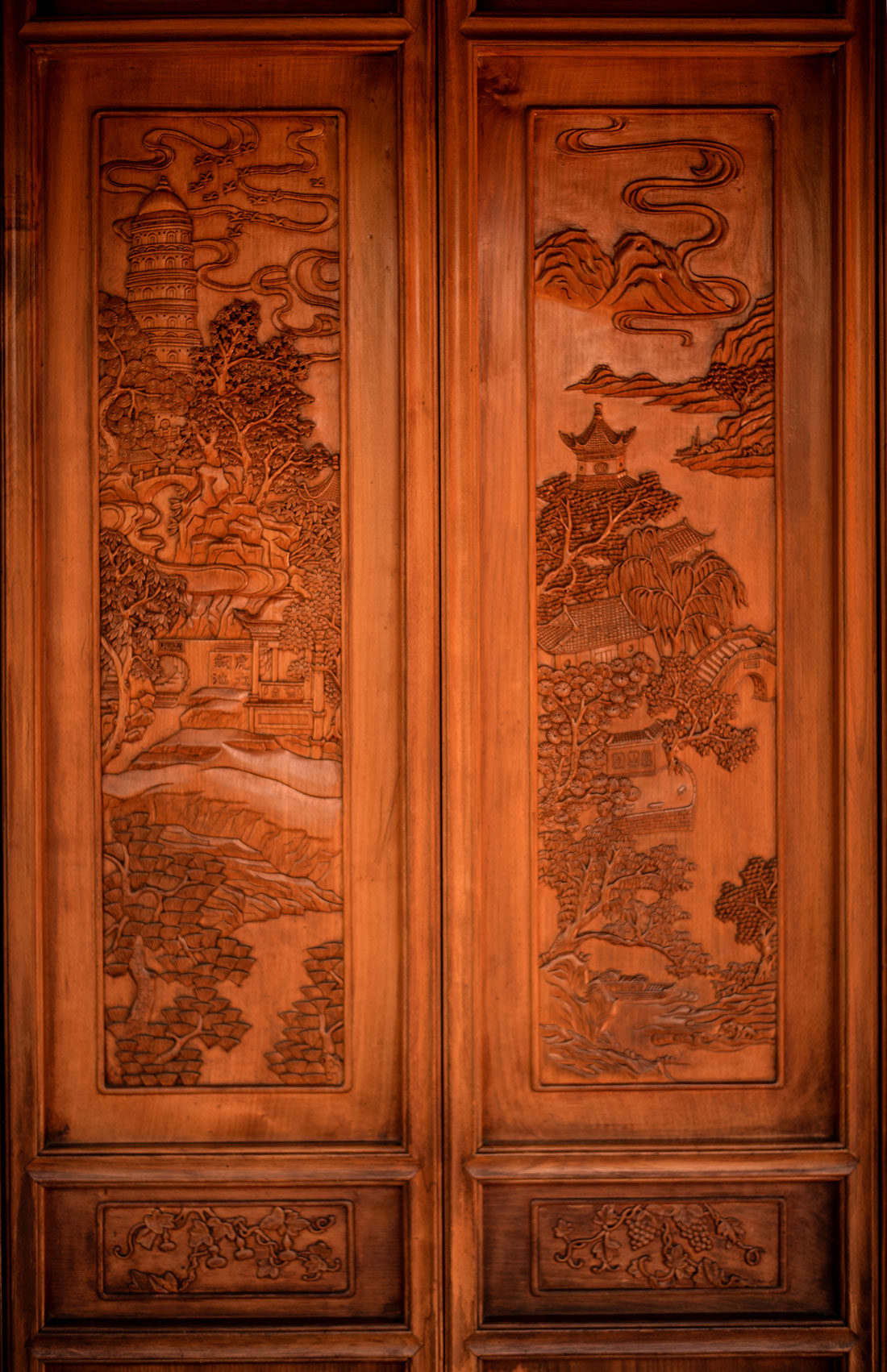
The Moon Locking Pavilion, below, is over the pond and accessible by winding bridges. On clear nights, you can see the moon reflected in the center of the lake.
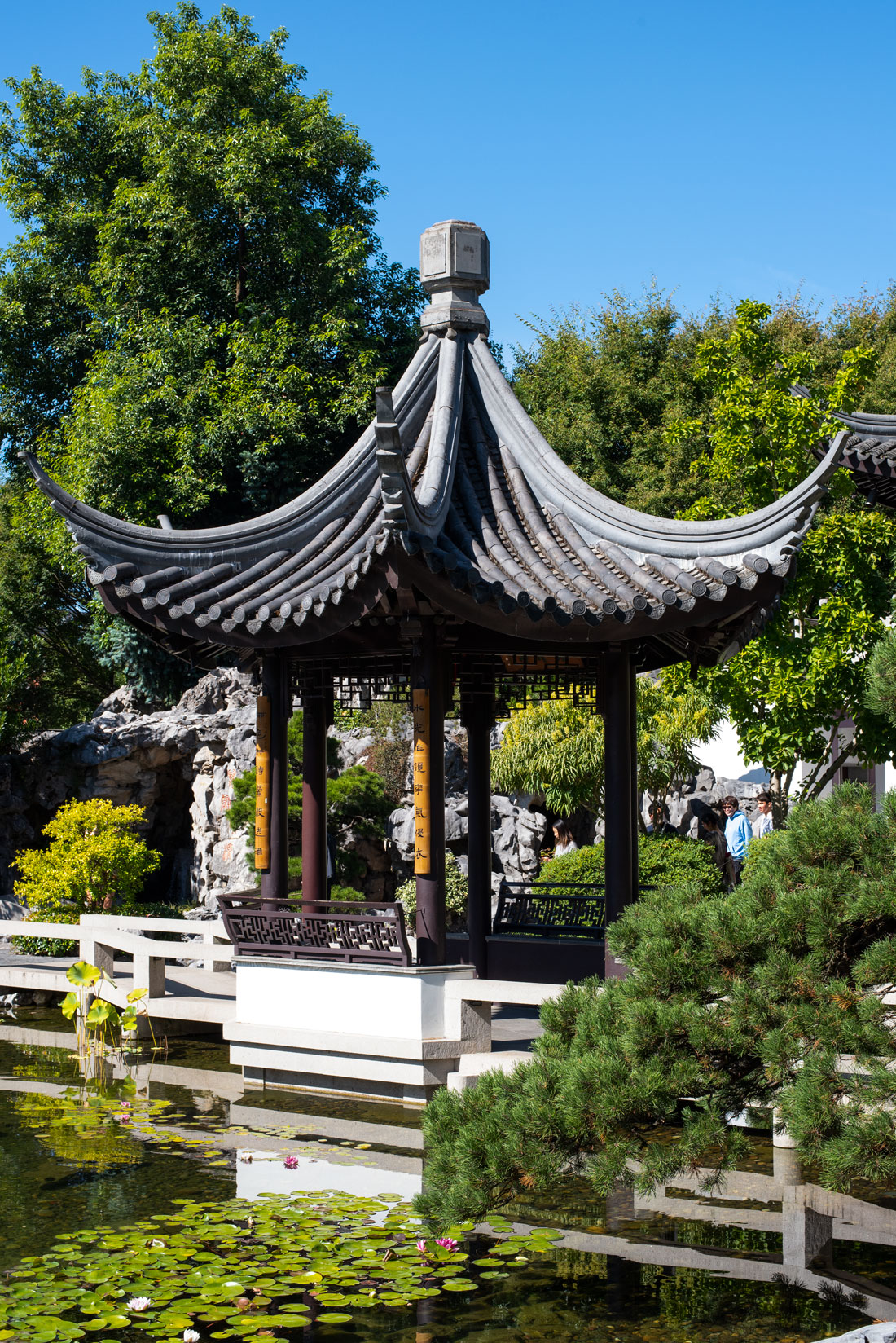
Some gardens have a stone pavilion in the shape of a boat on the edge of a pond. A second story can provide a panoramic view of the pond. Boats are a symbol of friendship because garden owners invited their friends to enjoy boating with them in their gardens. In the Lan Su Garden is a wooden boat that is a symbol of friendship between Portland and Suzhou.
Two-story towers on the edge of gardens provide an overall view of the garden or distant scenery.
Small courtyards provide private places for meditating, painting, drinking tea or playing music. The Scholar’s Courtyard in Lan Su Garden is a quiet place for reflection with plum trees and stone mosaic plum blossom designs. The blossoms are symbols of hope, endurance and the coming of spring.

The central building in a scholar's study is a library or study connected by covered galleries to other pavilions which are observation spots. This helps to divide the garden into individual scenes. The Scholar Study in the Lan Su Garden is made to look like the place where the men of a wealthy family would study for civil service exams, write poetry, practice calligraphy, read and enjoy art.

Narrow covered corridors called galleries connect the buildings and divide the garden into sections. They wind along the garden’s wall or zigzag. Sometimes, they climb the wall of a rock garden. They have small decoratively shaped windows that provide glimpses of scenery.

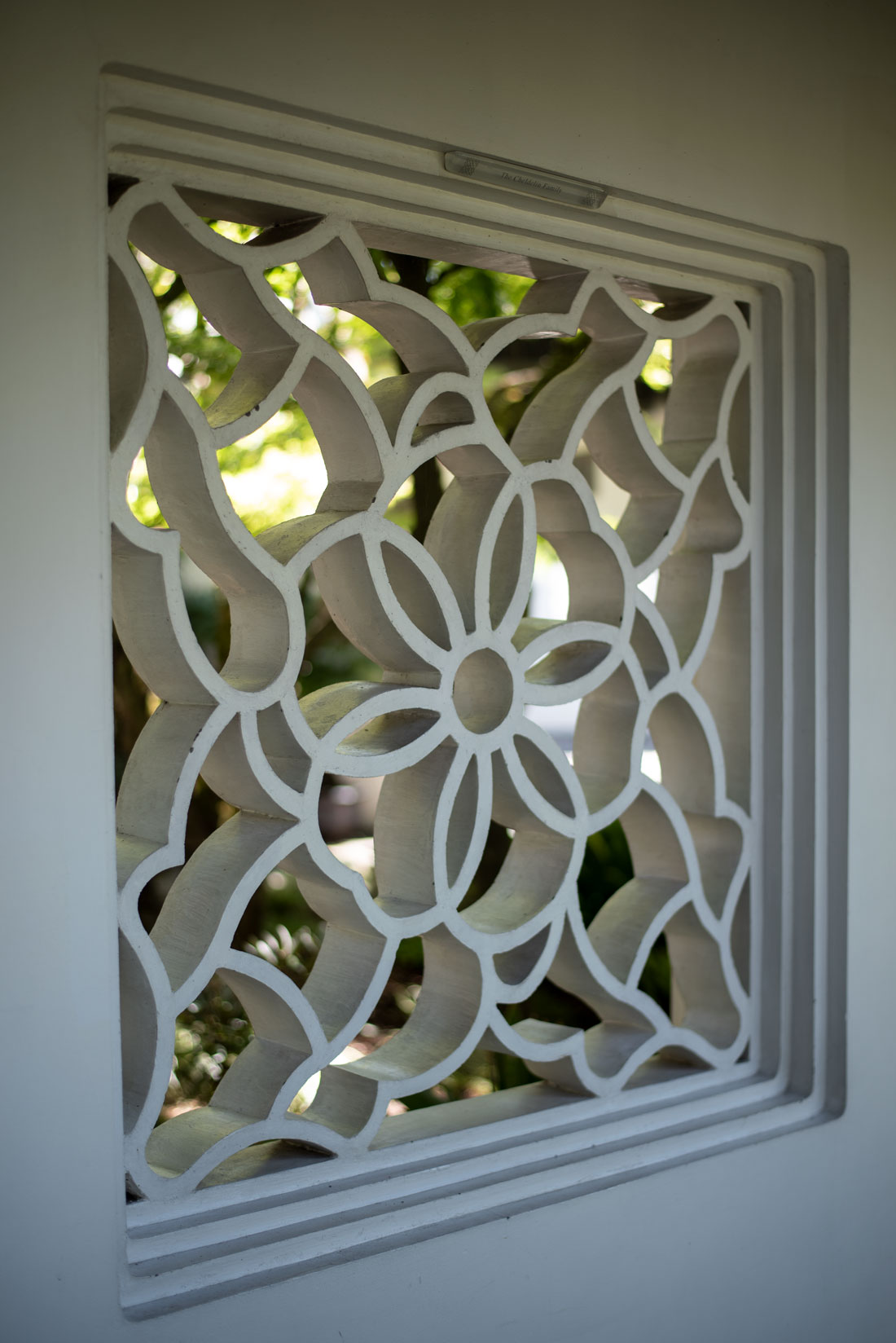
Bridges are arched, zigzagged and sometimes brightly painted.

The Two-story Tower of Cosmic Reflections on the back wall of the Lan Su Garden would have been the place for the women in the household. They would spend much of their time there managing the family’s finances and other business. In the Lan Su Garden, this is a teahouse where visitors can get tea and snacks.
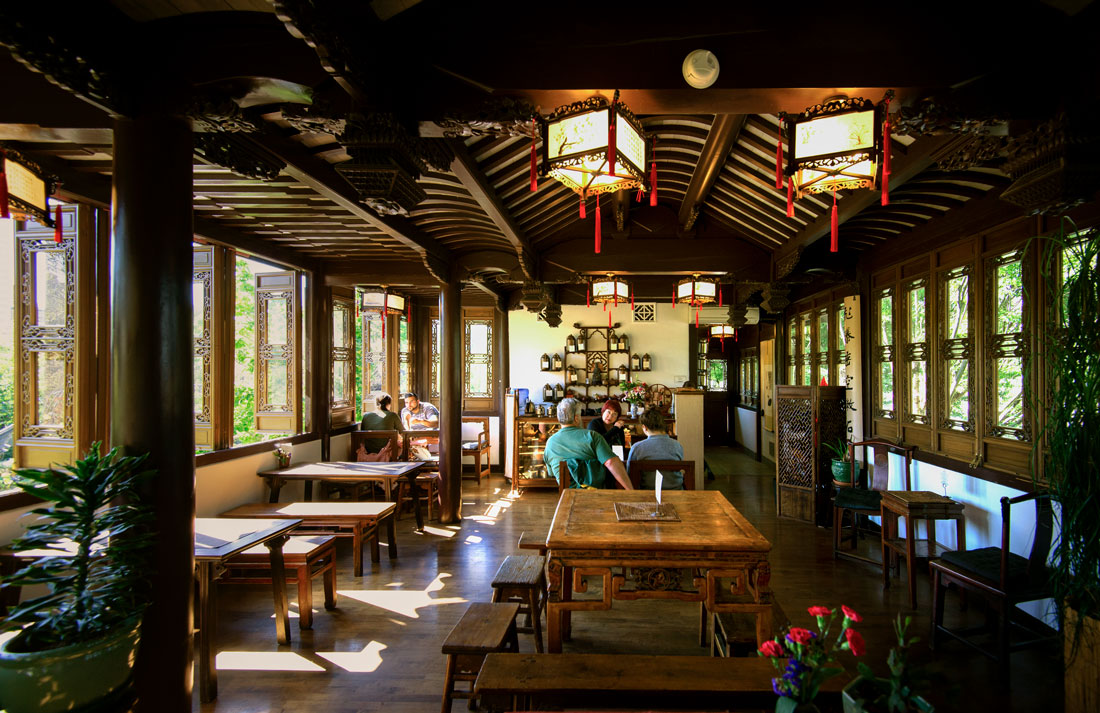
During the pandemic, visitor capacity at the garden has been limited for safety so visitors must call ahead to reserve admissions and make sure the garden is open when they want to visit.
Because it is in the same city as the famous Portland Japanese Garden, the Lan Su Garden is helpful in understanding the differences between Japanese and Chinese gardens.
The Japanese garden tradition grew out of indigenous customs combined with Chinese gardens as transmitted to Japan through the simplifying medium of Chinese ink-and-brush landscape paintings taken to Japan by travelers as early as 600. Unsurprisingly, Chinese gardens are far more ornamental and elaborate, while Japanese gardens are subdued and minimalist.
Chinese gardens use much more architecture, often painted in bright colors, elaborately carved and with sloping roofs, while Japanese gardens may have a tea house, meditation hall or temple. Japanese tea houses and temples tend to have straighter lines and overhanging roofs.
Moon gates such as the one below in the Lan Su Garden, ornamental windows, arching bridges and brightly colored pavilions and pagodas crowd Chinese gardens. These are far less common in Japanese gardens.
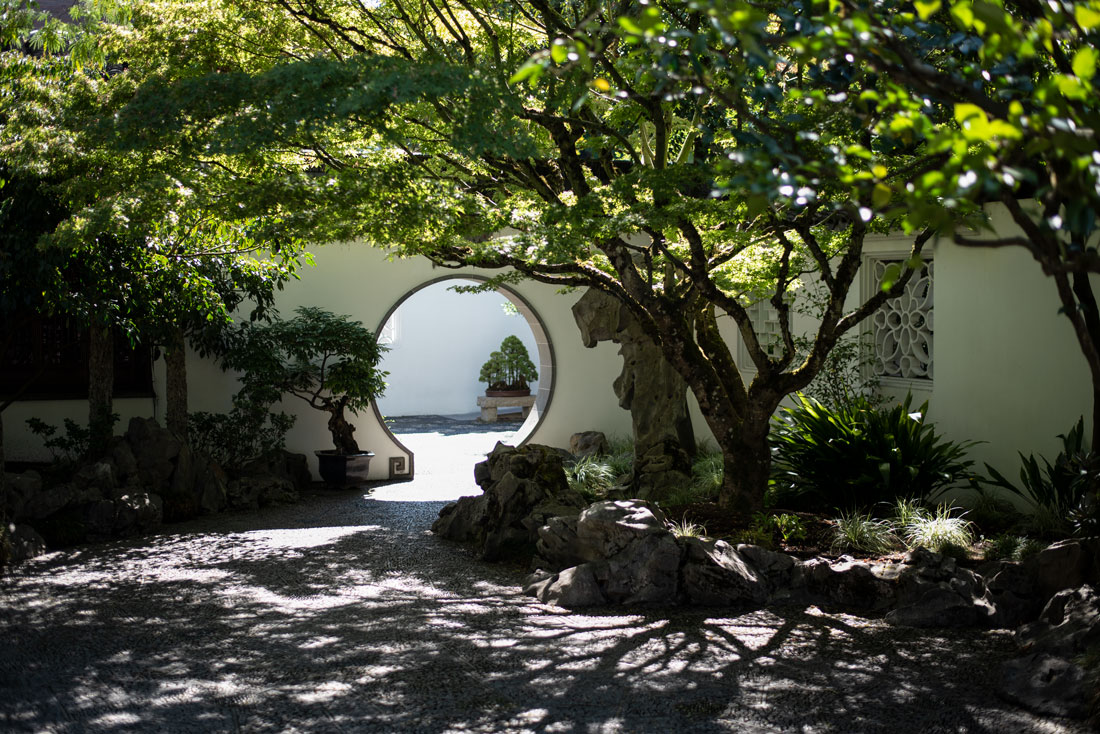
Rocks are used much differently in the two types of gardens. The Chinese Garden highlights exotic rocks which have holes and twists. Japanese rock gardens instead emphasize the way rocks are placed. In both styles, however, rocks represent mountains. Chinese gardens were inspired largely by inland landscapes, particularly Chinese lakes and mountains, while Japanese gardens often use miniaturized scenery inspired by the Japanese coast, with white pebbles to represent beaches and rocks that look worn by ocean waves.
Ponds and lakes are the center of Chinese gardens, and many Japanese gardens also have such bodies of water. However, in Japanese gardens, wide areas of white gravel raked into ripples and waves also are used to represent water. Boulders are placed among the gravel to represent islands or waterfalls.
Chinese gardens aim to show nature, so trimming and pruning trees is minimal, while Japanese gardens, branches and trees are heavily pruned and sculpted into precise shapes. Japanese gardens use flowering shrubs as color in some seasons, but Chinese gardens are generally more colorful.
Both Japanese and Chinese gardens include the concept of borrowed scenery from outside a garden as a way of making a garden look infinite or larger than it is.
Both styles of garden have the theme of showing the connection of human beings and nature.
There are many styles within the broad categories of Chinese and Japanese gardens.
Check out these related items
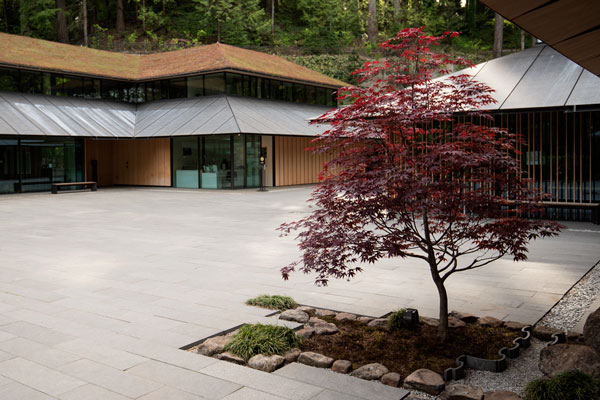
Japanese Design Past and Present
Architect Kengo Kuma's village at the Portland Japanese Garden blends modern architecture with traditional Japanese design.
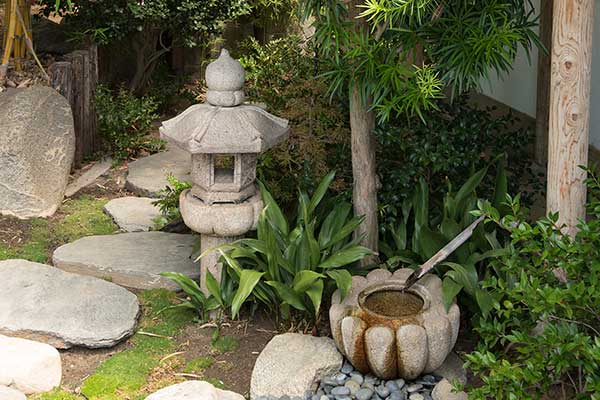
Elements of a Japanese Garden
Imagine you're sitting in Los Angeles traffic on a hot day. Take a break and head for a cool green oasis - Suihoen Japanese Garden
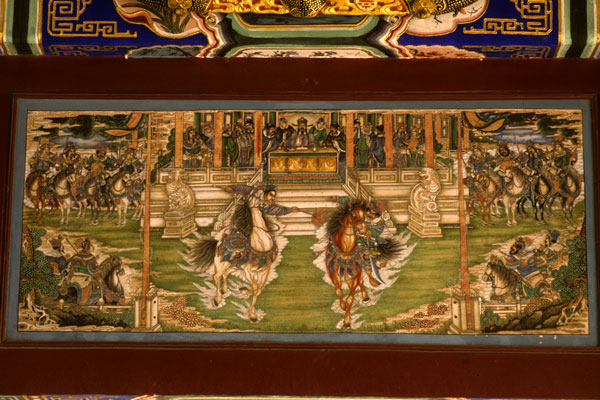
The Summer Palace
The Summer Palace, the most famous and heartbreaking of China's glorious imperial gardens, highlights dilemmas in the nation’s past.

Treasure Room and Two Palaces
In the French palace at Fontainebleau is a treasure room of dazzling artifacts taken by the French army from a palace in Beijing.
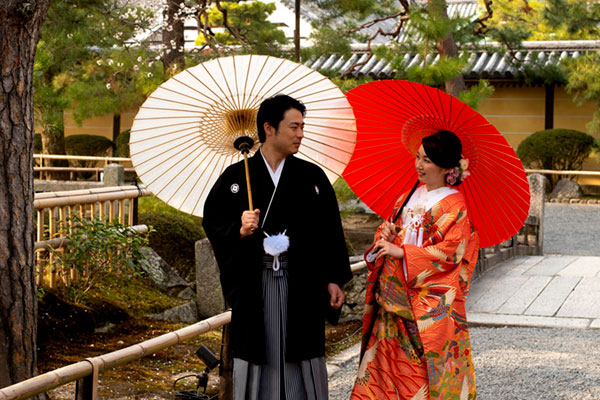
Retreat by Design
What makes a retreat restful and soul restoring? A former imperial retreat in Kyoto, Japan, gets retreat design just right.
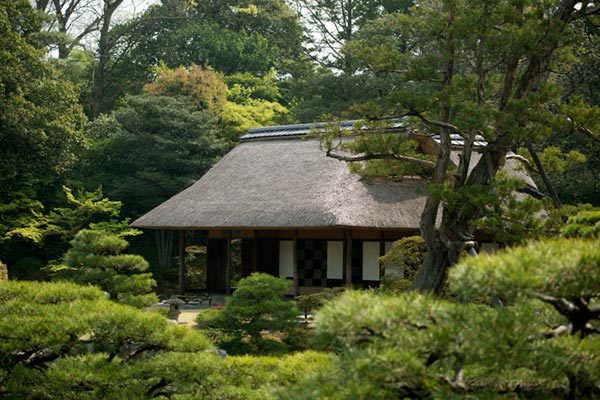
Katsura Villa’s Enigmatic Design
Modernist architects admired Katsura Villa as the pinnacle of Japanese architecture and design. It is more complex than they thought.
